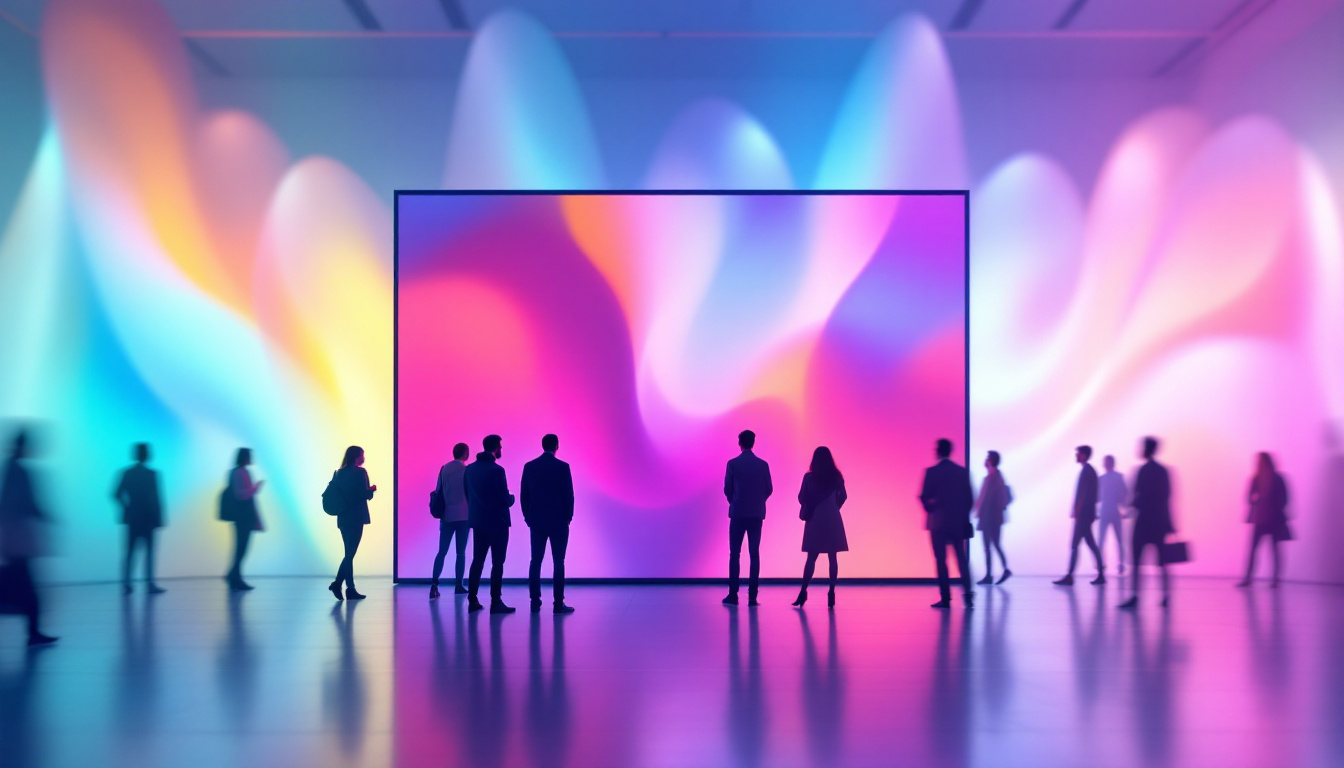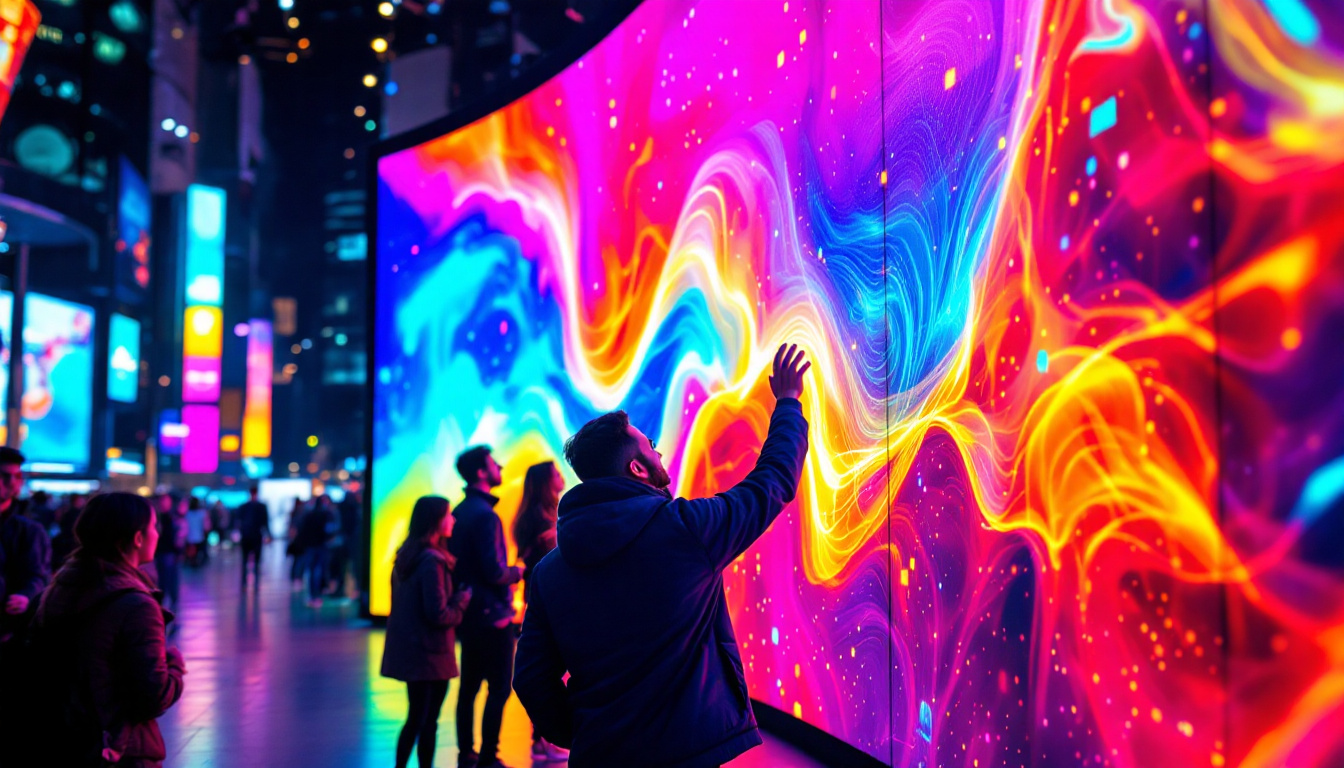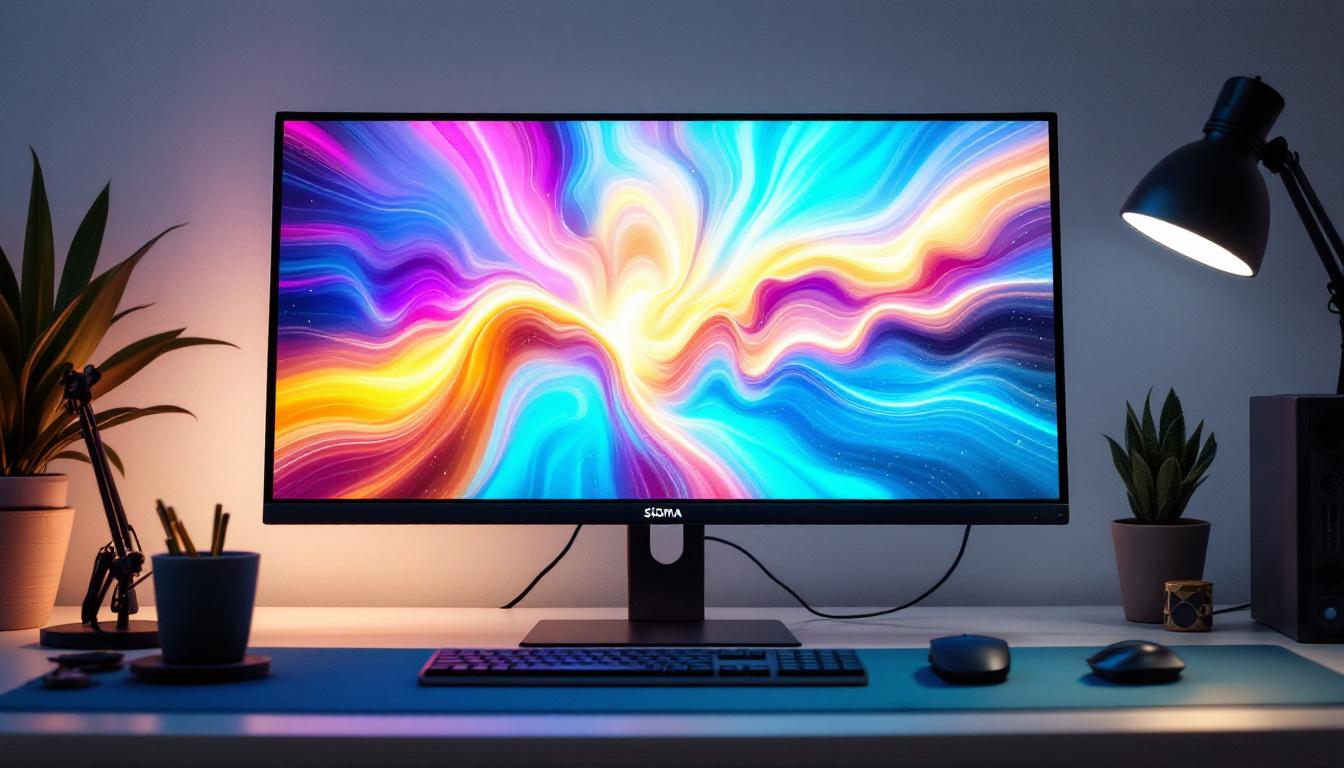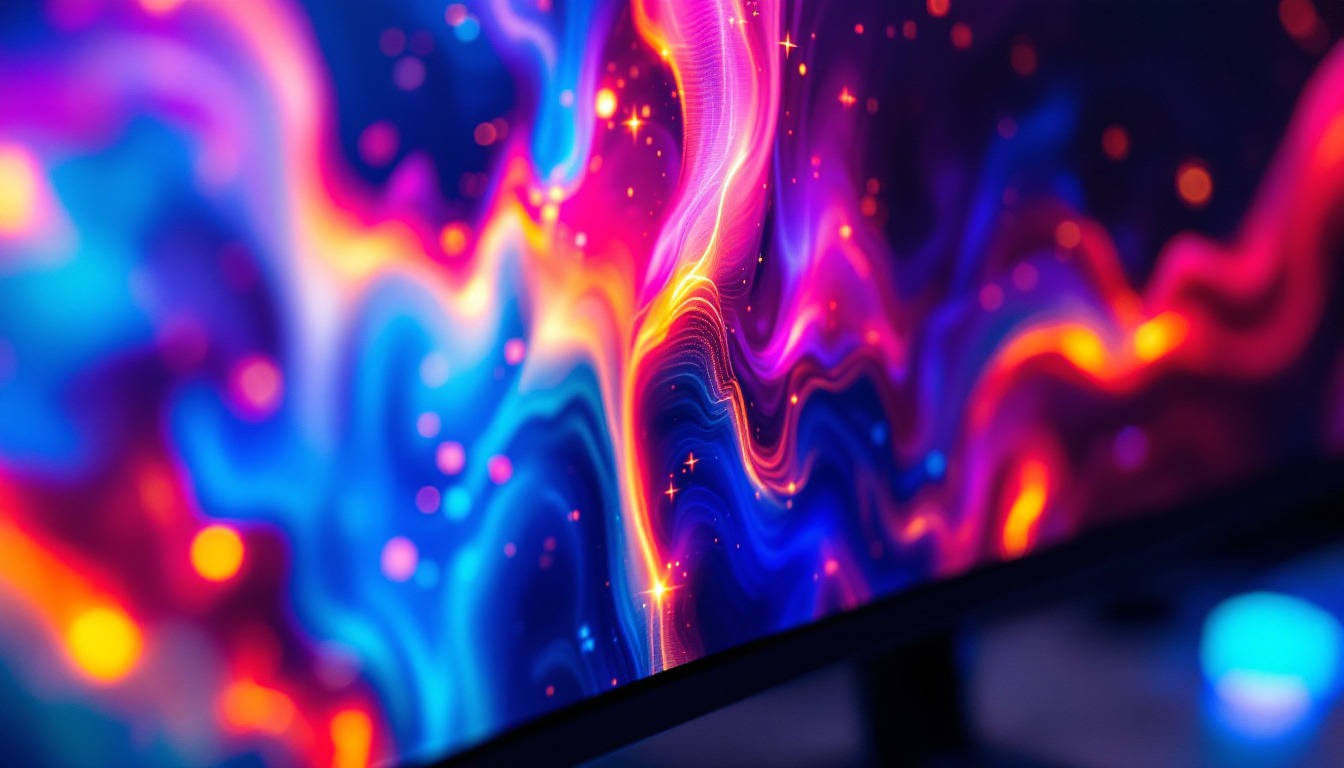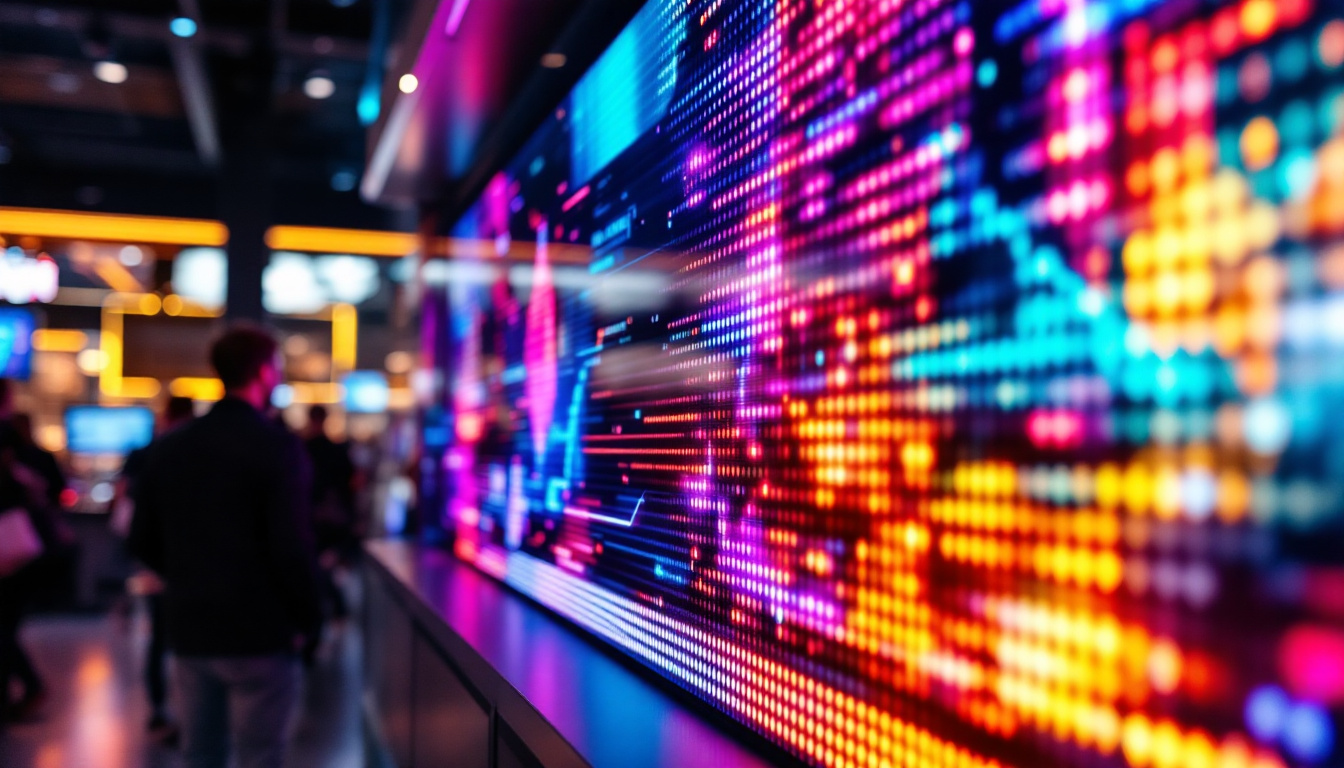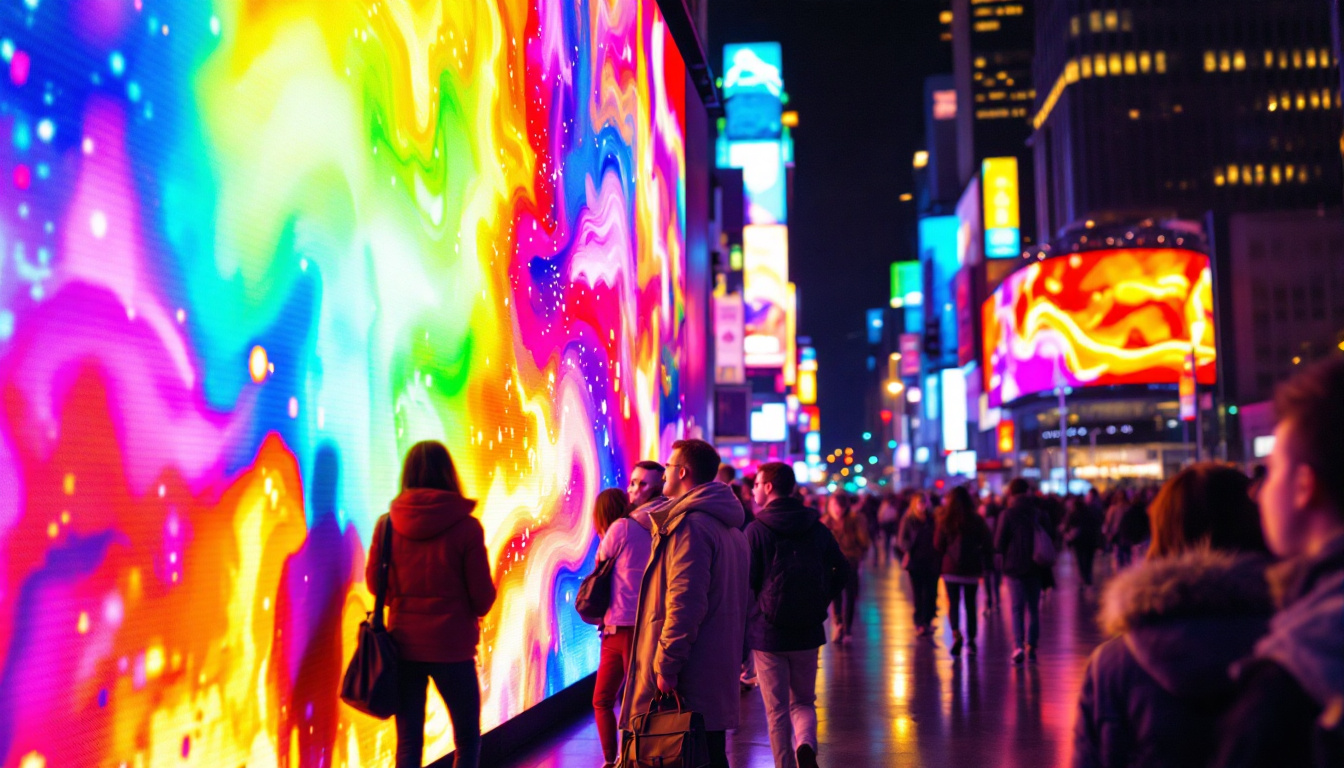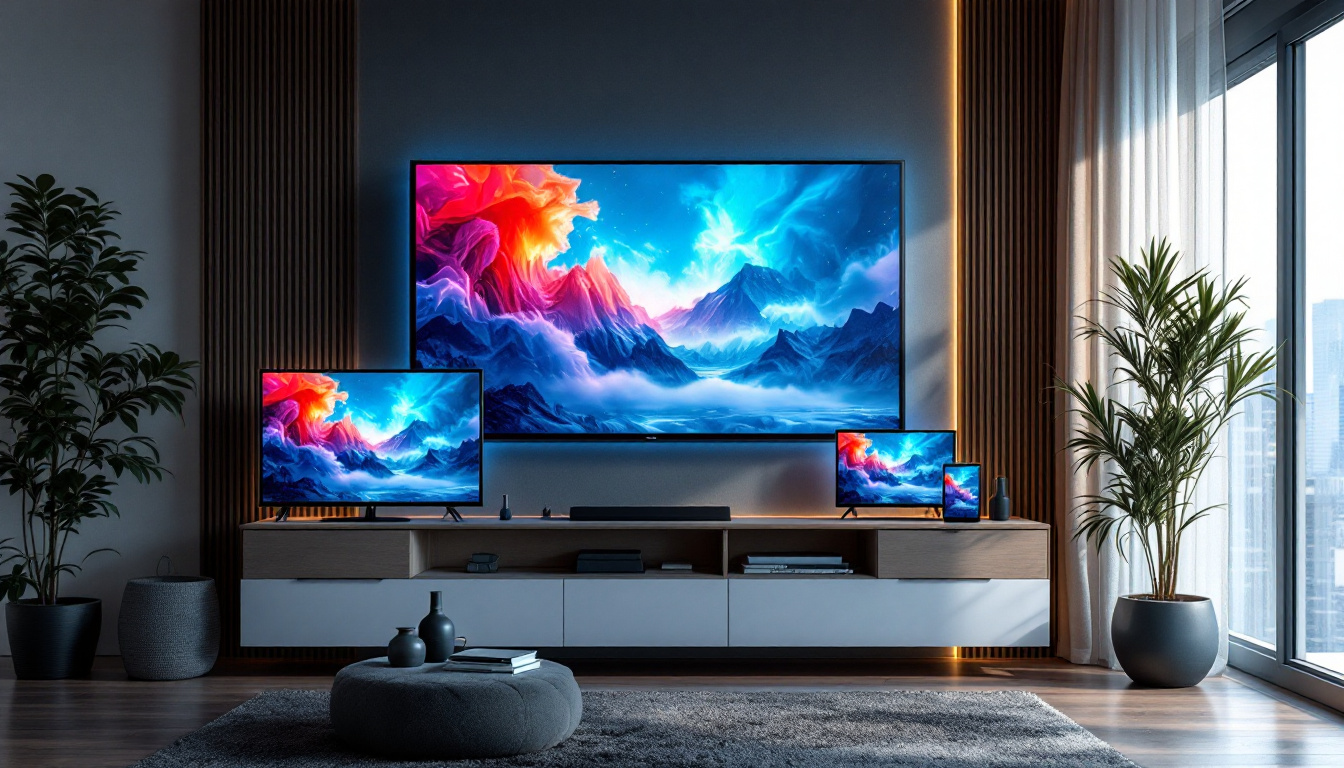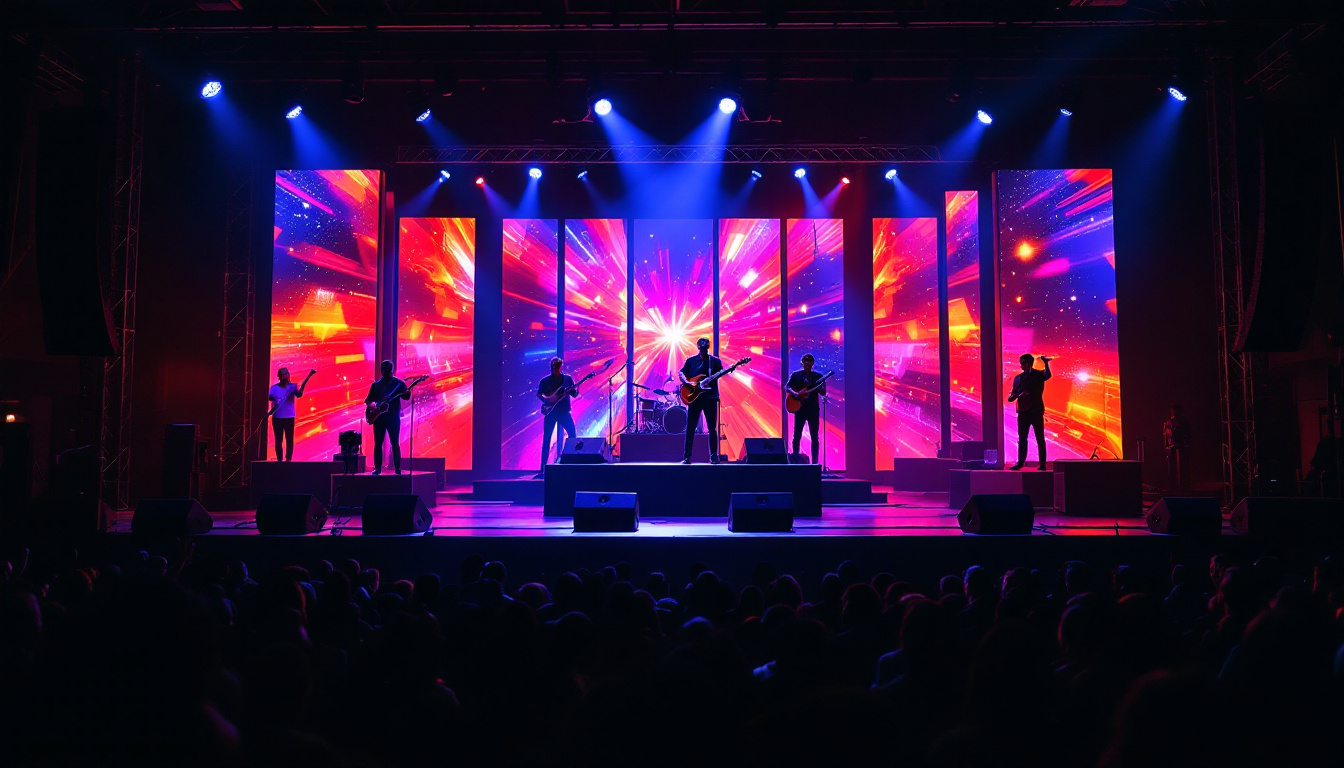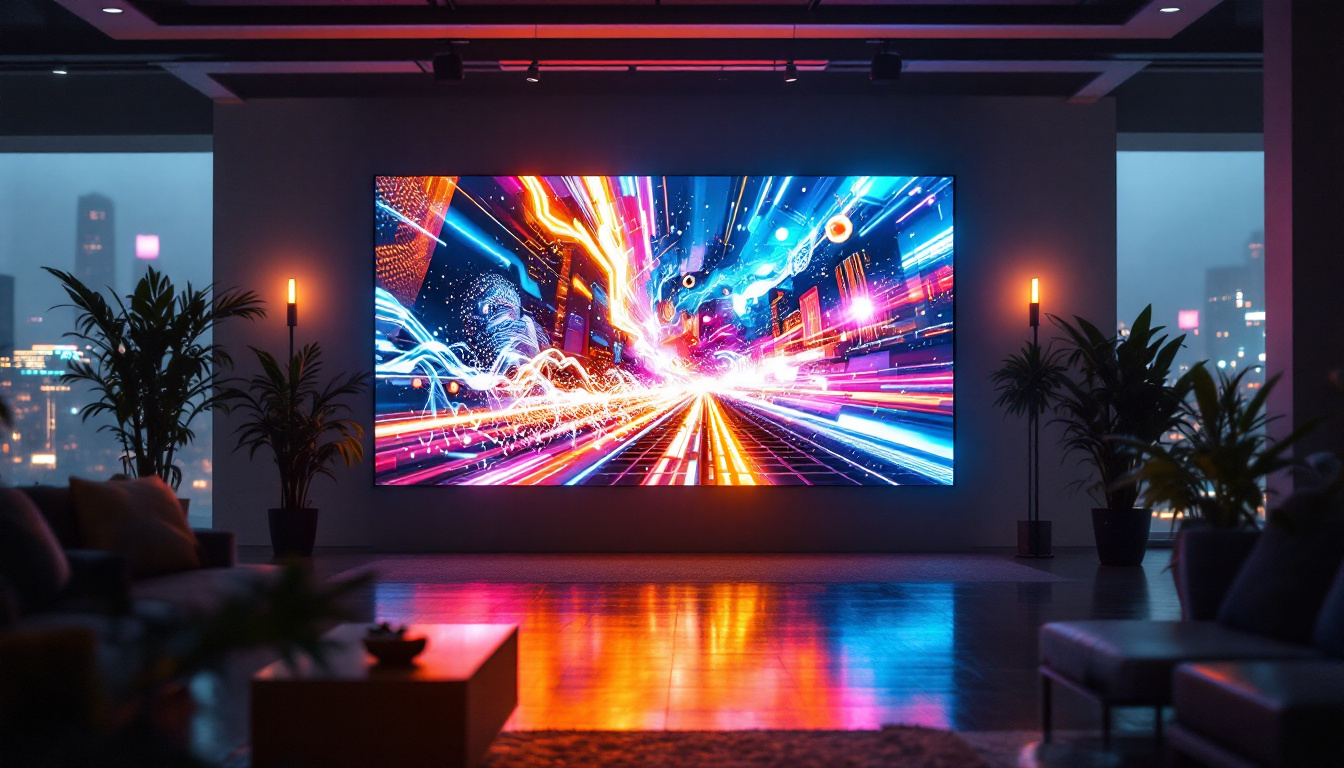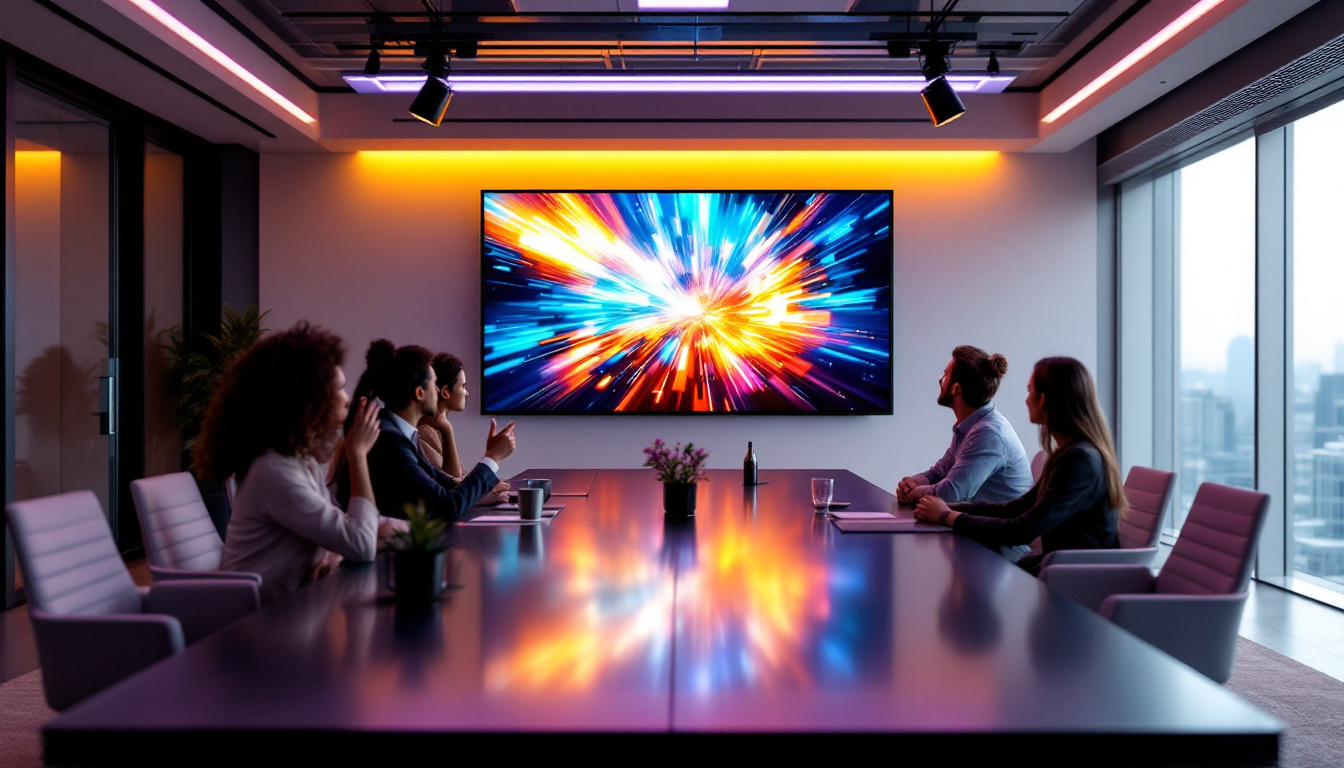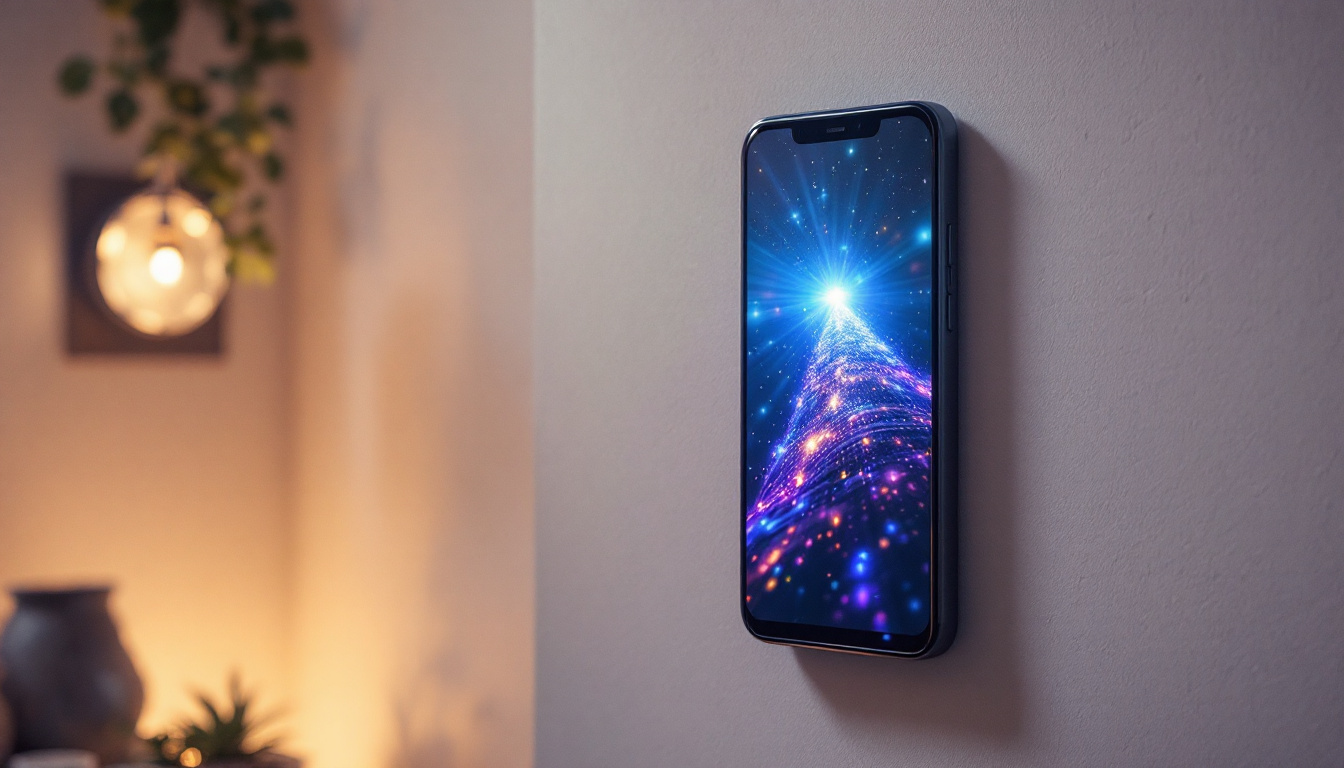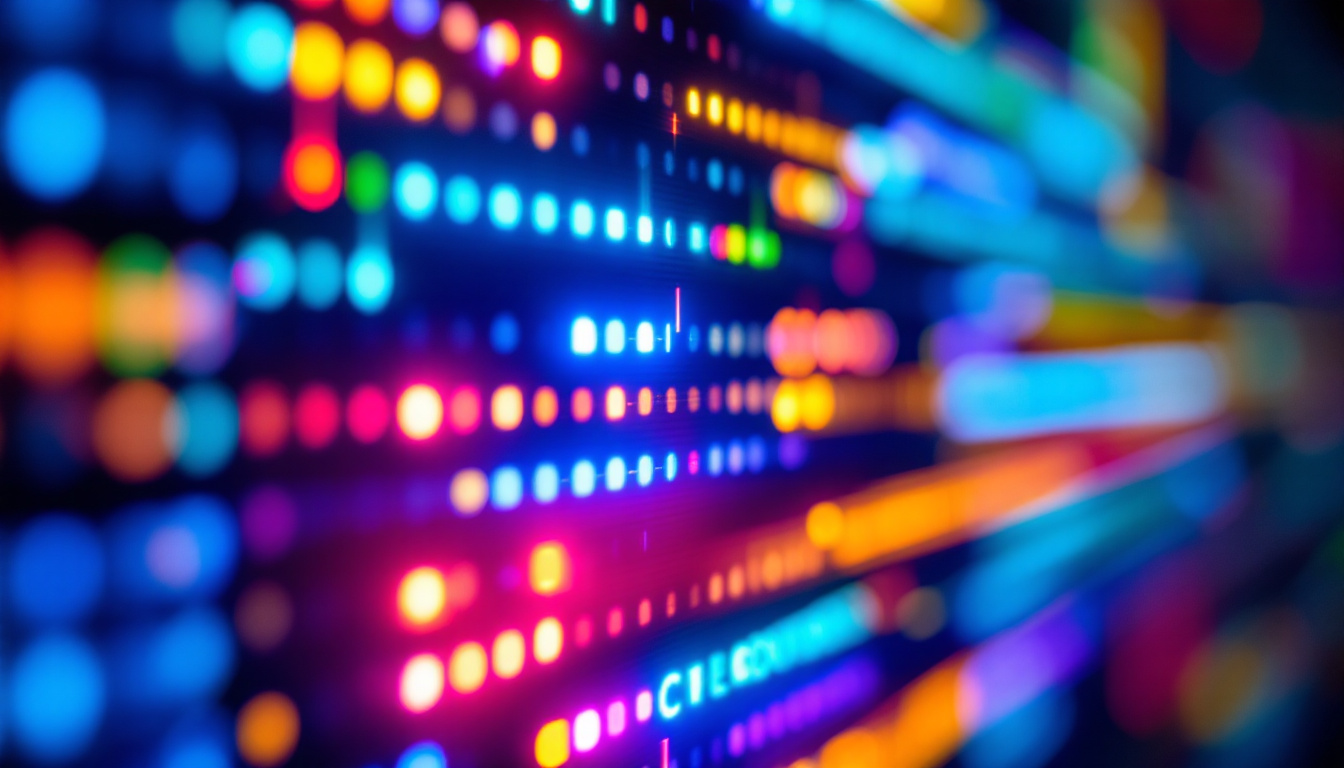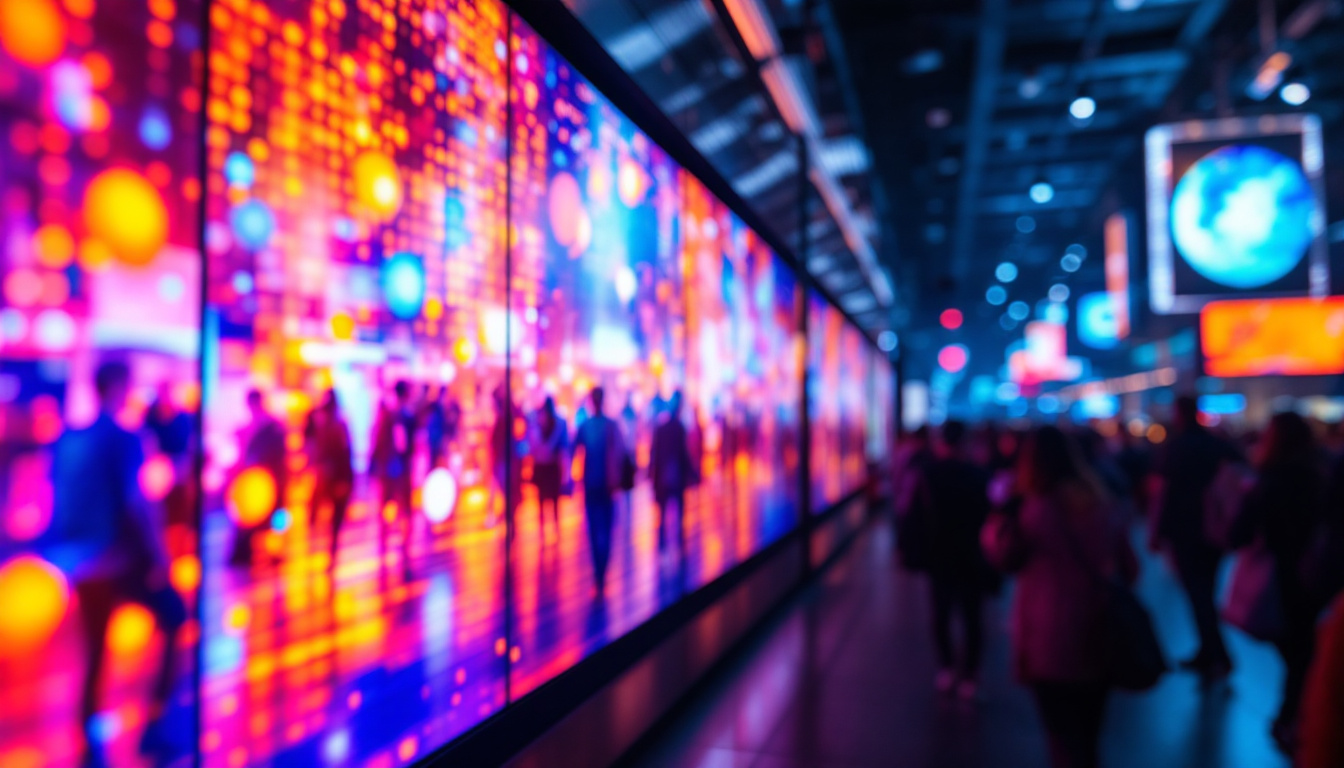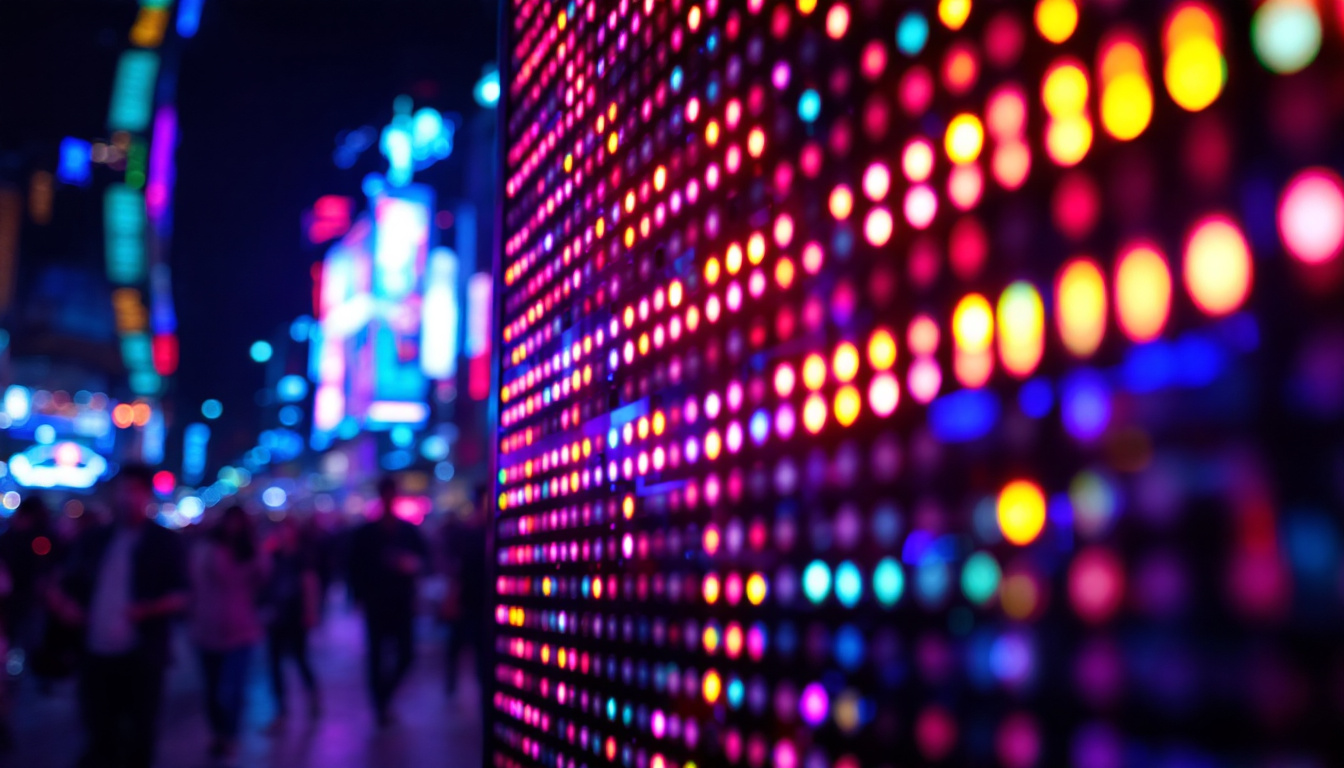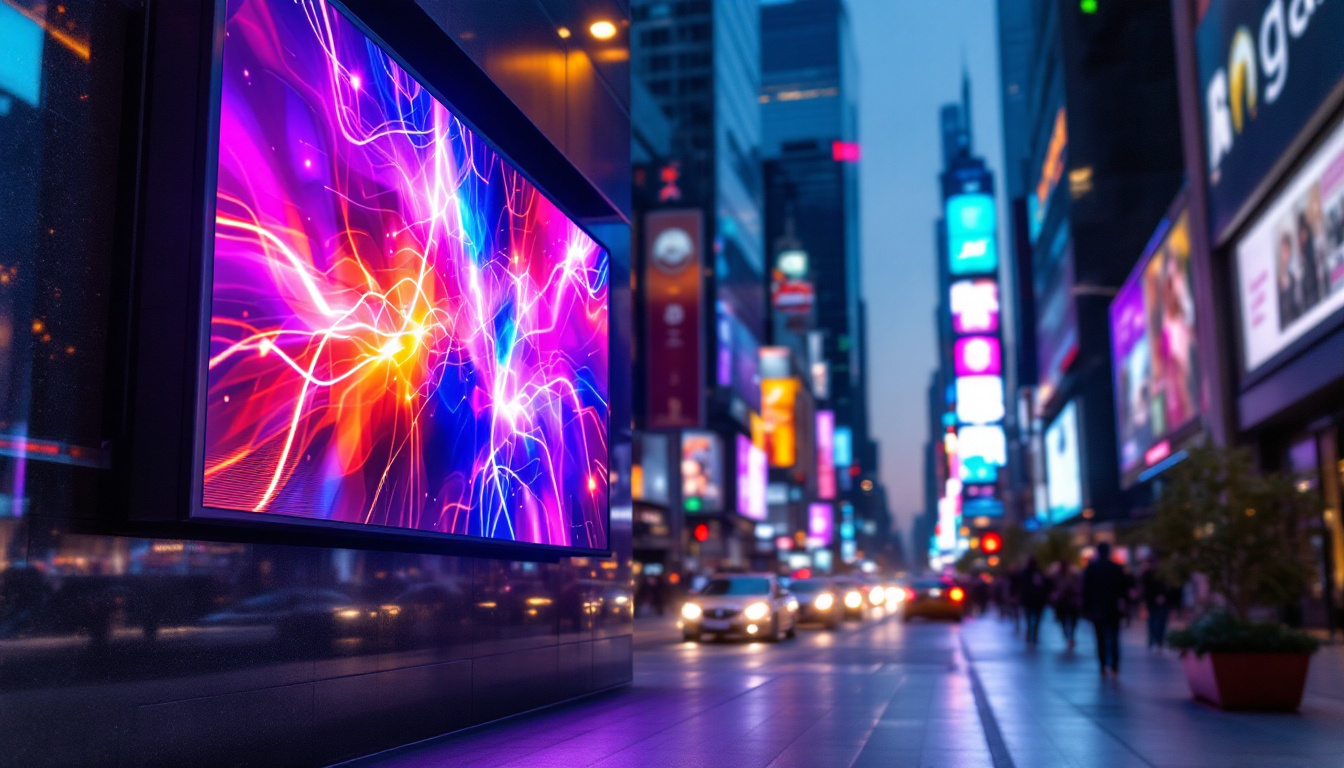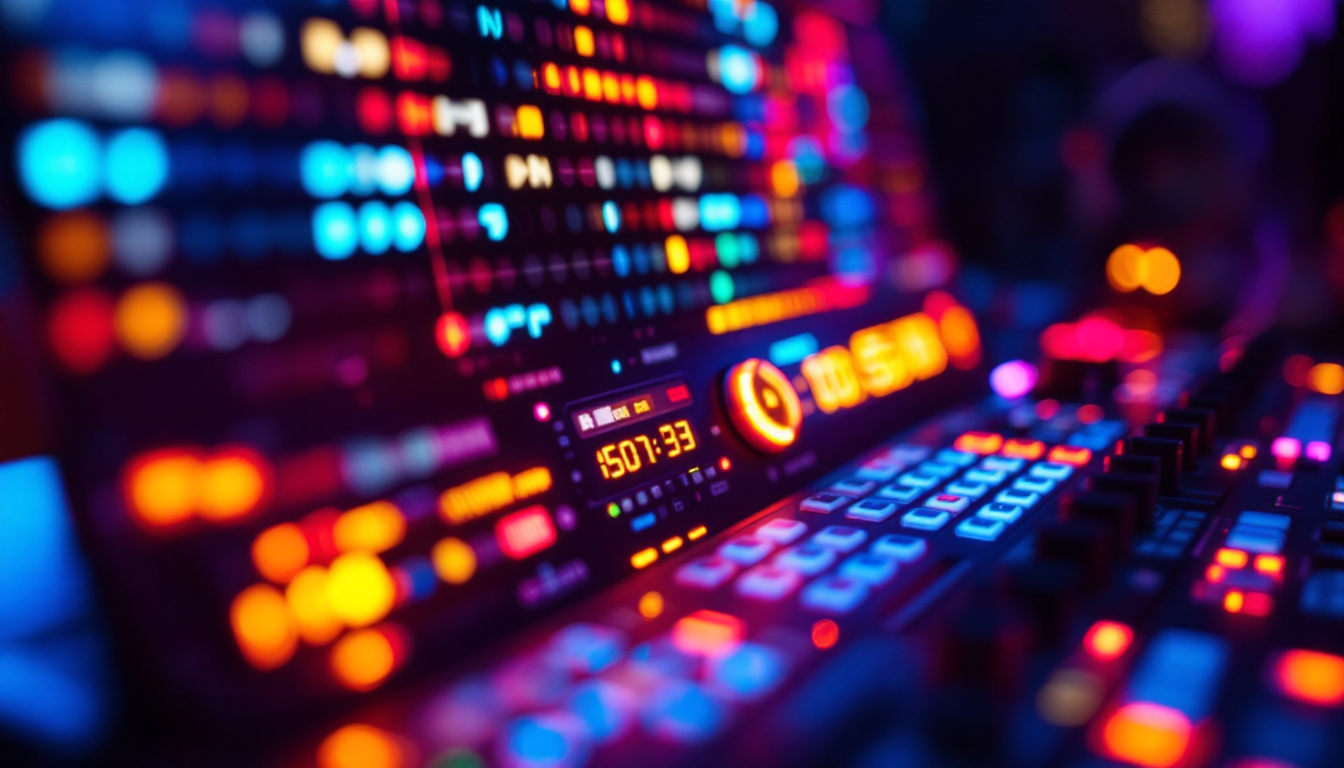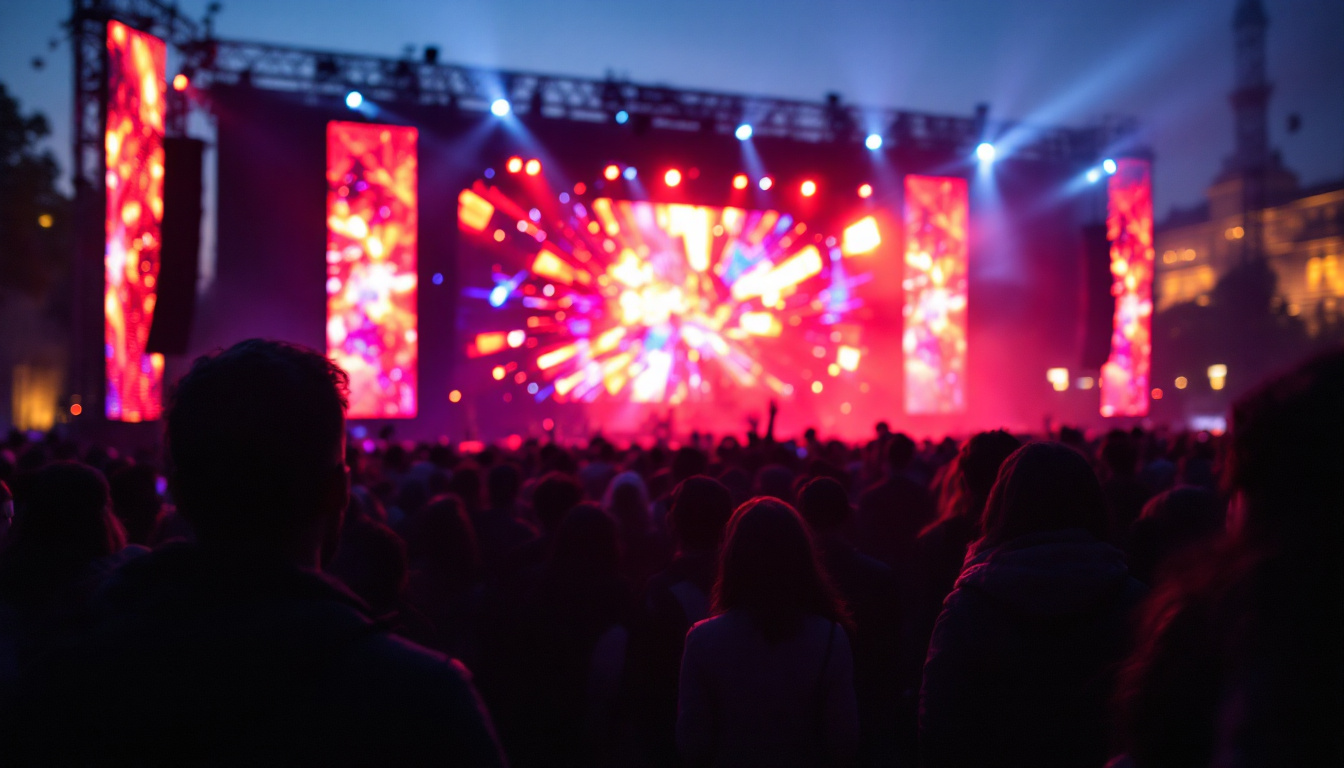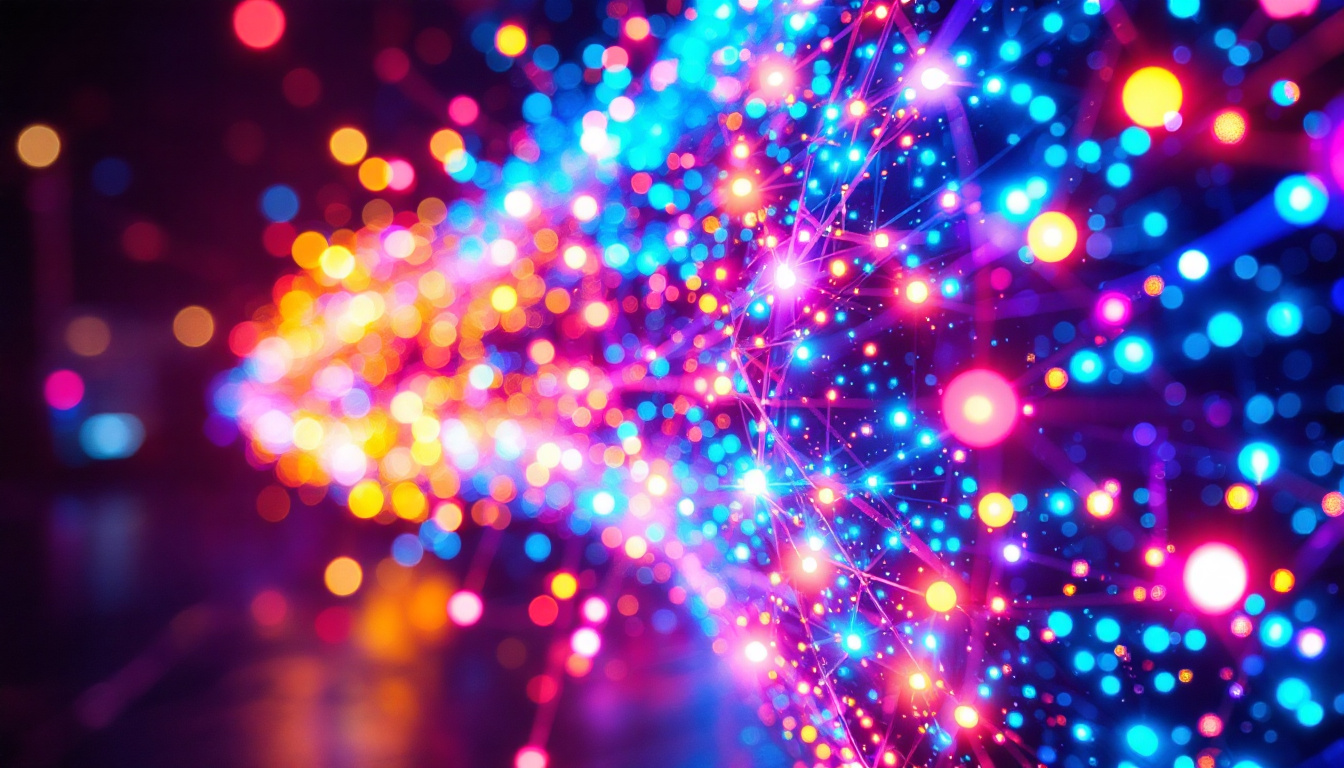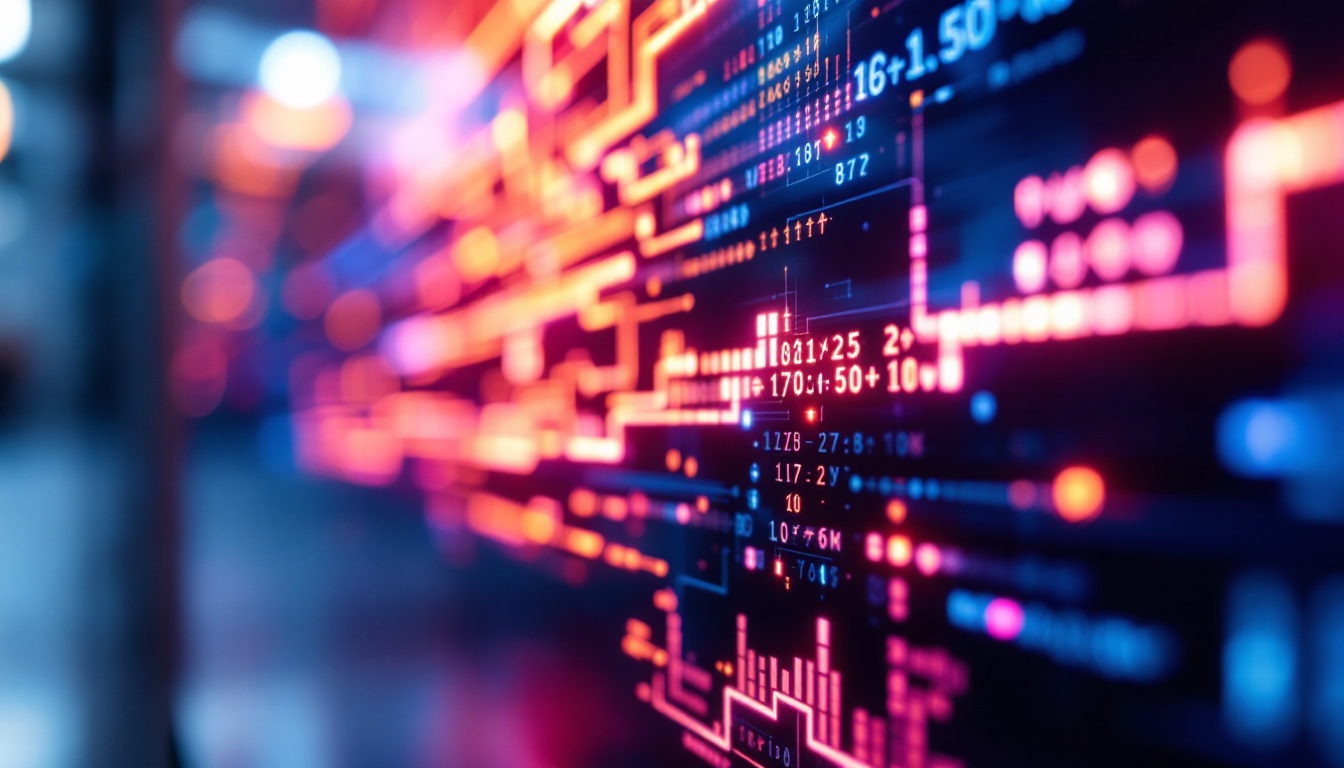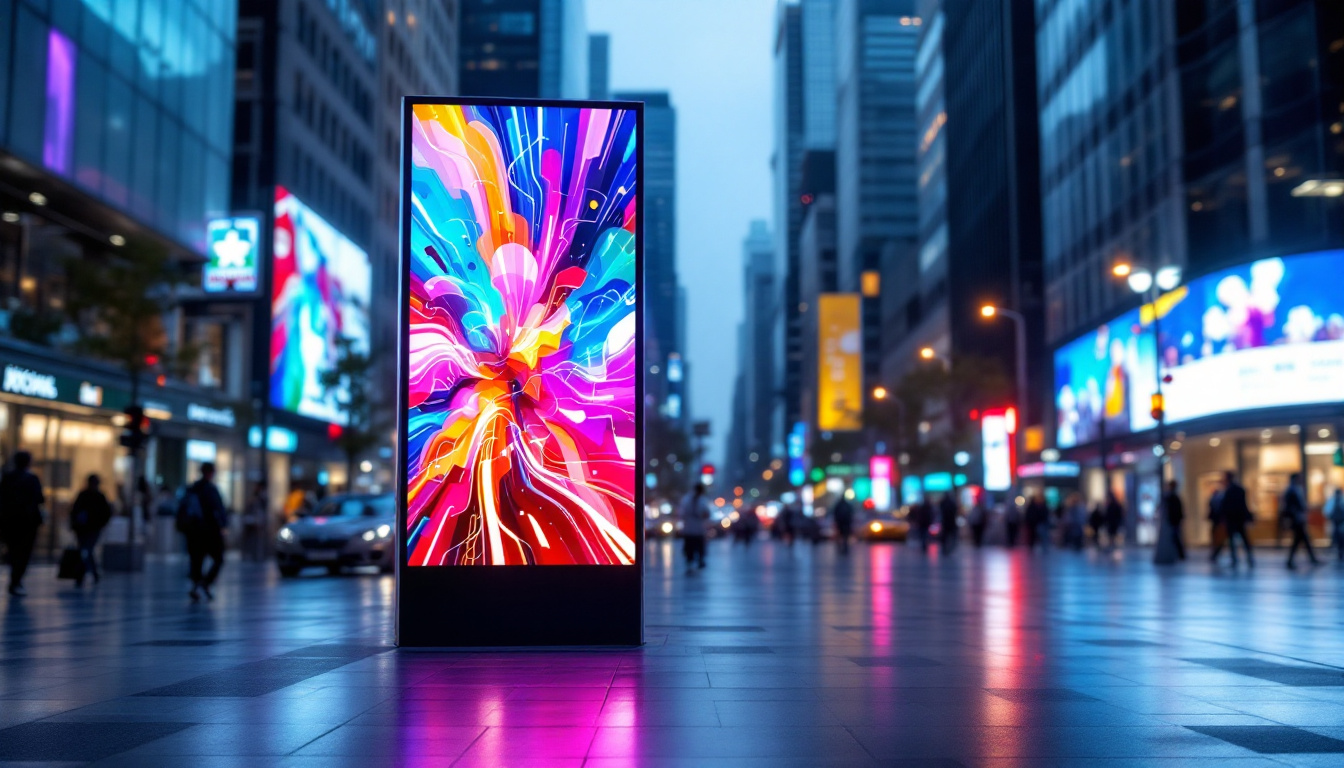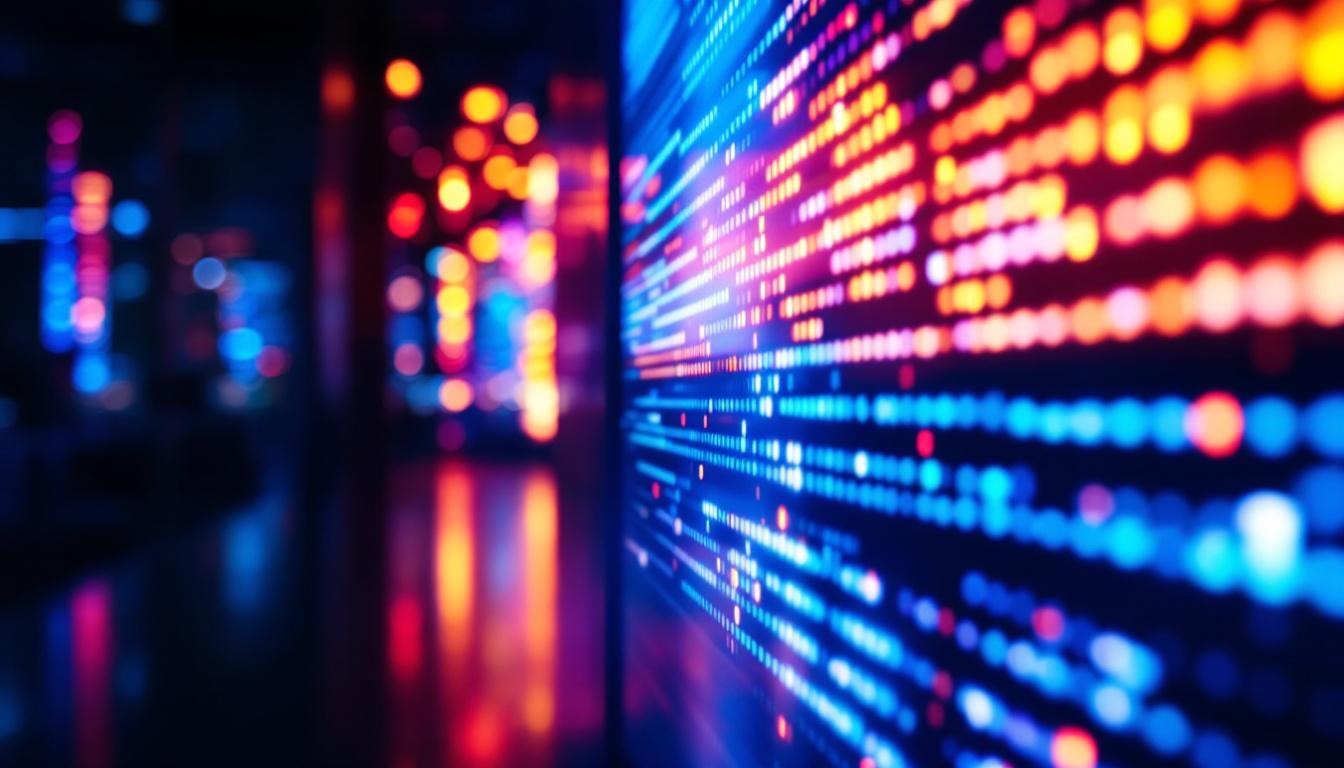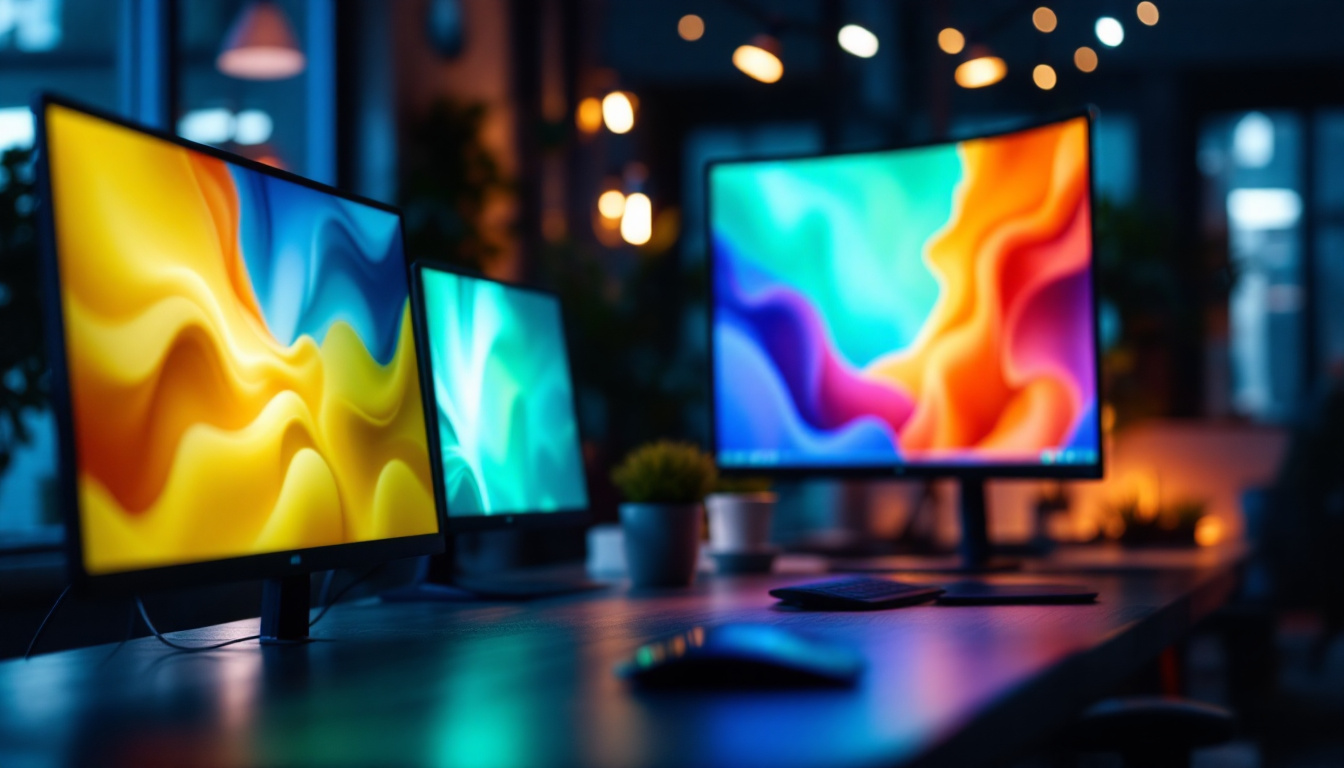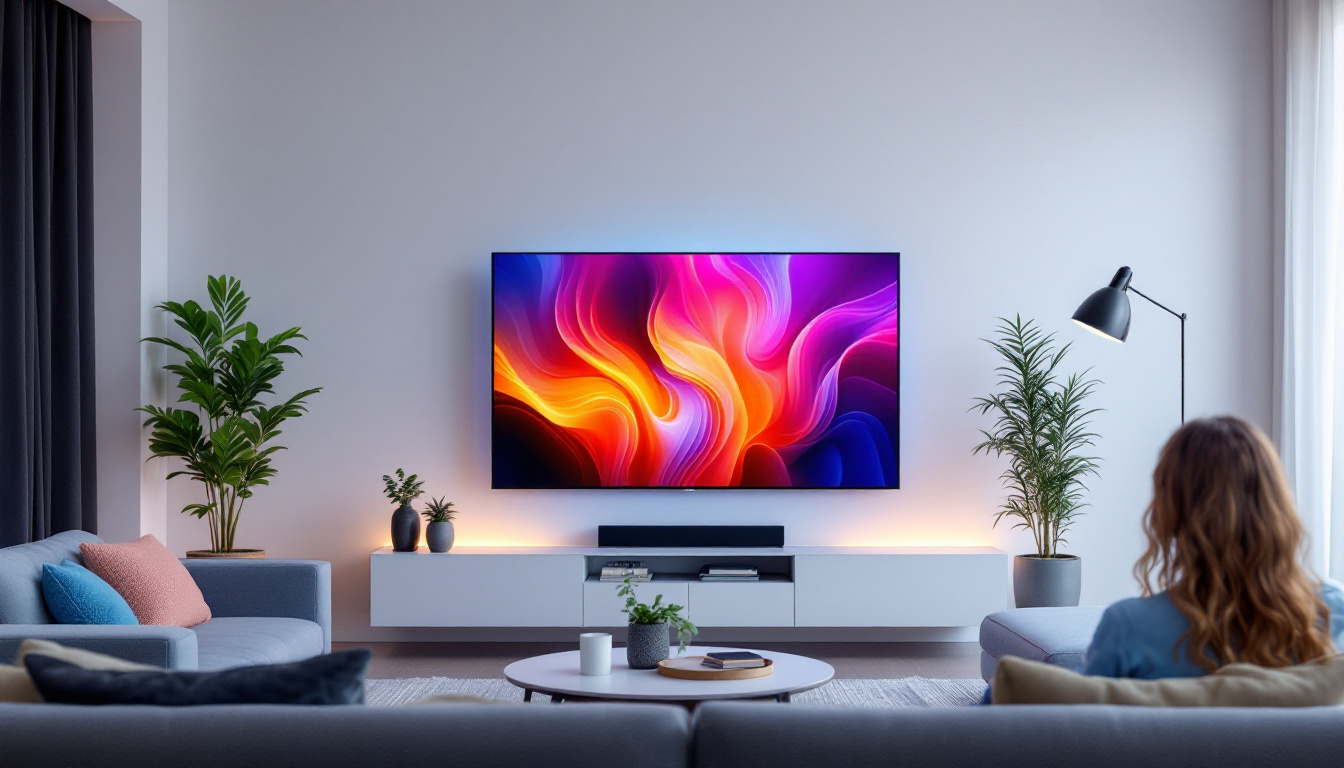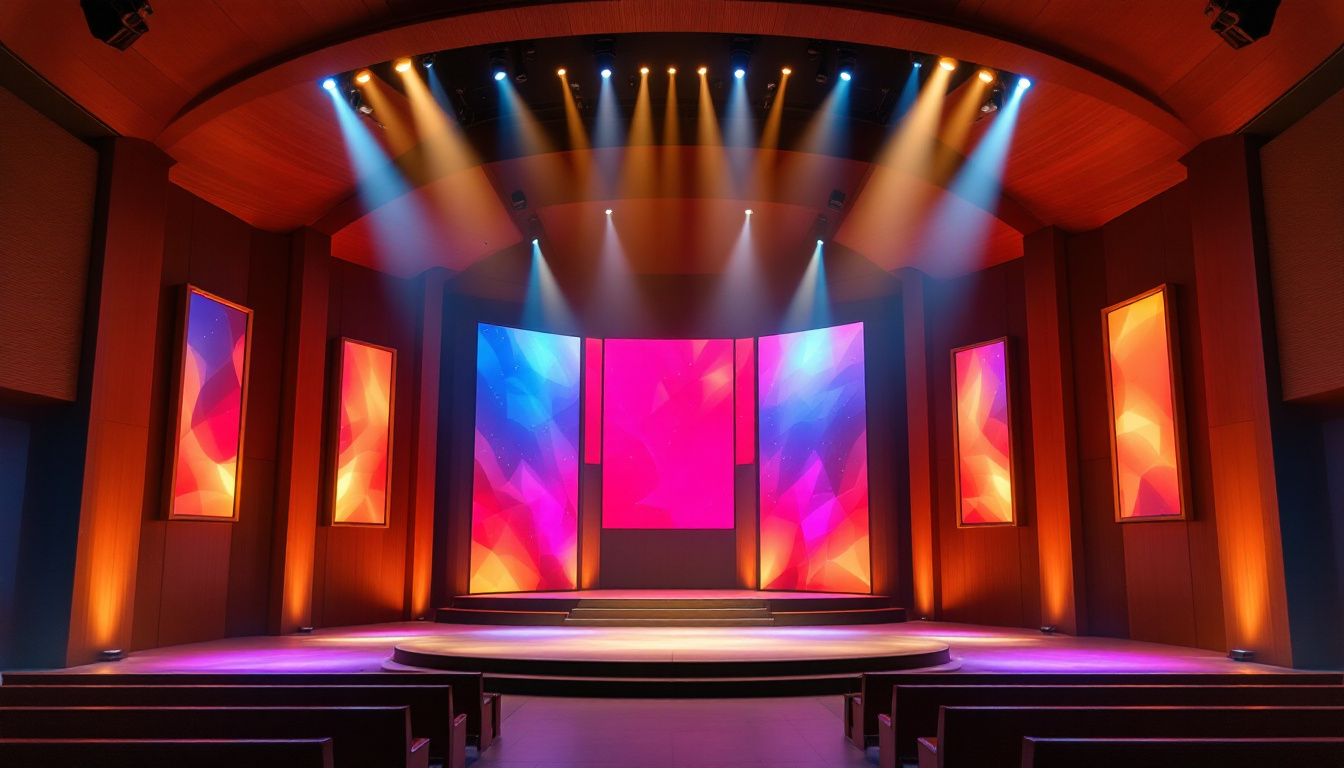What Does LED Mean For Lights: LED Display Explained
Light Emitting Diodes, commonly known as LEDs, have revolutionized the way we think about lighting and displays. From household bulbs to massive billboards, LEDs are everywhere, providing energy-efficient and versatile lighting solutions. This article delves into the meaning of LED, its functionality, advantages, and applications, as well as the future of LED technology in lighting and displays.
Understanding LED Technology
What is an LED?
An LED is a semiconductor device that emits light when an electric current passes through it. The light is produced through a process called electroluminescence, where electrons recombine with holes within the device, releasing energy in the form of photons. This process is highly efficient, which is one of the reasons LEDs have gained popularity in various applications.
LEDs are made from a variety of materials, including gallium arsenide and gallium phosphide, which determine the color of the light emitted. By adjusting the composition of these materials, manufacturers can create LEDs that emit different colors, ranging from red to blue to white. The ability to produce a spectrum of colors has made LEDs particularly appealing for decorative lighting, stage productions, and even in horticulture, where specific light wavelengths can promote plant growth.
How Do LEDs Work?
The operation of an LED is relatively straightforward. When voltage is applied to the LED, electrons flow through the semiconductor material, moving from the negatively charged side (n-type) to the positively charged side (p-type). As these electrons move, they lose energy, which is released in the form of light. The efficiency of this process is what makes LEDs more favorable compared to traditional incandescent bulbs, which waste a significant amount of energy as heat.
Moreover, the design of LEDs allows for various configurations, including single LEDs, arrays, and even complex matrices. This versatility enables their use in a wide range of applications, from simple indicator lights to intricate displays. Additionally, advancements in LED technology have led to the development of smart lighting systems that can be controlled remotely, allowing users to adjust brightness, color, and even set schedules through smartphone applications. These innovations are not only enhancing user experience but also contributing to energy conservation efforts by allowing for more precise control over lighting conditions.
Advantages of LED Lighting
Energy Efficiency
One of the most significant advantages of LED lighting is its energy efficiency. LEDs consume up to 75% less energy than incandescent bulbs and last significantly longer—up to 25 times longer. This reduction in energy consumption translates to lower electricity bills and a smaller carbon footprint, making LEDs an environmentally friendly option.
Furthermore, the longevity of LEDs means less frequent replacements, which not only saves money but also reduces waste. This durability is particularly beneficial in commercial settings, where lighting costs can accumulate quickly. For instance, in large retail spaces or warehouses, the savings from using LED lighting can be substantial, allowing businesses to allocate funds to other operational needs. Additionally, many utility companies offer rebates for switching to LED lighting, further incentivizing the transition and enhancing the overall cost-effectiveness of this lighting solution.
Versatility and Design Flexibility
LEDs are incredibly versatile and can be designed to fit various applications. They come in different shapes, sizes, and colors, making them suitable for everything from decorative lighting to functional illumination. Their small size allows for creative designs that would be impossible with traditional lighting technologies.
In addition to aesthetic flexibility, LEDs can be easily integrated into smart lighting systems. This integration enables features such as dimming, color changing, and remote control, providing users with enhanced control over their lighting environment. The ability to program lighting schedules or adjust brightness based on the time of day not only promotes energy savings but also enhances the ambiance of a space. For example, in residential settings, homeowners can create different moods for various occasions, from bright, energizing light for morning routines to soft, warm light for evening relaxation.
Durability and Low Heat Emission
Unlike traditional bulbs, which can be fragile and prone to breakage, LEDs are solid-state devices, making them highly durable. They are resistant to shock, vibrations, and external impacts, making them ideal for outdoor and industrial applications.
Moreover, LEDs emit very little heat compared to incandescent and fluorescent bulbs. This characteristic not only contributes to energy savings but also reduces the risk of burns and fire hazards, making LEDs a safer choice for various environments. In addition, the lower heat output means that LEDs can be used in enclosed fixtures without the risk of overheating, allowing for more versatile installation options. This is particularly advantageous in spaces such as kitchens or work areas where heat buildup can be a concern, ensuring that the lighting remains efficient and safe without compromising the comfort of the environment.
Applications of LED Technology
Residential Lighting
In residential settings, LEDs have become the go-to choice for lighting fixtures, including ceiling lights, lamps, and outdoor lighting. Their energy efficiency and long lifespan make them a cost-effective solution for homeowners looking to reduce energy consumption.
Additionally, the ability to produce a wide range of colors allows homeowners to create different moods and atmospheres within their living spaces. From warm white light for cozy evenings to bright daylight for task-oriented areas, LEDs provide versatile lighting options. Moreover, smart LED systems can be integrated with home automation, enabling users to control their lighting remotely via smartphones or voice-activated devices. This level of control not only enhances convenience but also allows for energy savings by ensuring lights are only on when needed.
Commercial and Industrial Use
In commercial and industrial applications, LEDs are utilized for both functional and decorative purposes. Retailers use LED lighting to highlight products and create an inviting atmosphere, while warehouses and factories benefit from the energy savings and durability of LED fixtures.
Moreover, LED technology is increasingly being used in signage and advertising. Digital billboards and displays utilize LED screens to present vibrant and eye-catching visuals, attracting consumers’ attention more effectively than traditional signage. The longevity of LEDs also means that businesses can reduce maintenance costs associated with frequent bulb replacements, allowing them to allocate resources to other areas of their operations. Furthermore, the ability to program dynamic lighting effects can enhance promotional campaigns, making them more engaging and memorable for customers.
Automotive Lighting
The automotive industry has also embraced LED technology, using it for headlights, taillights, and interior lighting. LED headlights provide better visibility while consuming less power, enhancing safety for drivers and passengers alike.
Additionally, the design flexibility of LEDs allows for innovative lighting solutions in vehicles, such as adaptive lighting systems that adjust based on driving conditions. This adaptability not only improves functionality but also adds aesthetic appeal to modern vehicles. As manufacturers continue to explore the potential of LEDs, we are seeing the emergence of customizable ambient lighting within the cabin, allowing drivers to set the mood for their journeys. This personalization not only enhances the driving experience but also aligns with the growing trend of integrating technology and comfort in automotive design.
Future of LED Technology
Advancements in Efficiency and Performance
The future of LED technology looks promising, with ongoing research focused on improving efficiency and performance. Innovations in materials and manufacturing processes are expected to lead to even more energy-efficient LEDs, further reducing energy consumption and costs.
Additionally, advancements in color rendering and brightness will enhance the quality of light emitted by LEDs, making them suitable for a broader range of applications. This progress will likely lead to increased adoption of LEDs in areas that require high-quality lighting, such as art galleries and photography studios. For instance, the development of tunable white LEDs, which allow users to adjust the color temperature of the light, will enable artists and photographers to create the perfect ambiance for their work, enhancing the visual experience for viewers.
Integration with Smart Technology
As smart home technology continues to gain traction, the integration of LEDs with smart systems will become more prevalent. Smart LEDs can be controlled via mobile apps or voice commands, allowing users to customize their lighting experiences effortlessly.
This integration will also enable advanced features such as scheduling, automation, and energy monitoring, providing users with greater control over their lighting environments while maximizing energy savings. Furthermore, the ability to sync LED lighting with other smart devices, such as security systems and smart thermostats, will create a more cohesive and responsive home environment. Imagine a scenario where your lights automatically dim when a security system is activated, or adjust based on the temperature of the room, enhancing both comfort and safety.
Environmental Impact and Sustainability
With growing concerns about climate change and environmental sustainability, the demand for energy-efficient lighting solutions like LEDs is expected to rise. As more consumers and businesses prioritize eco-friendly practices, the shift towards LED technology will likely accelerate.
Moreover, the recyclability of LED components and the reduction in hazardous materials compared to traditional lighting options will further enhance their appeal as a sustainable choice. The continued development of environmentally friendly manufacturing processes will also contribute to the overall sustainability of LED technology. In addition, research into organic LEDs (OLEDs) is paving the way for even more sustainable lighting solutions, as these materials can be produced with less energy and have the potential for biodegradable components. This innovation not only aligns with the growing demand for sustainable products but also opens up new avenues for design flexibility in lighting applications, allowing for thinner and more versatile lighting options that can be seamlessly integrated into various environments.
Conclusion
LED technology has transformed the lighting landscape, offering numerous advantages over traditional lighting options. With their energy efficiency, durability, and versatility, LEDs have become the preferred choice for a wide range of applications, from residential to commercial and automotive lighting.
As advancements in LED technology continue to emerge, the future looks bright. With a focus on efficiency, smart integration, and sustainability, LEDs are poised to play a crucial role in shaping the future of lighting and displays. Embracing this technology not only benefits consumers through cost savings and improved quality of light but also contributes to a more sustainable and environmentally friendly world.
Illuminate Your World with LumenMatrix
Ready to experience the pinnacle of LED technology? LumenMatrix is at the forefront of innovation, offering a diverse range of LED display solutions tailored to your needs. Whether you’re looking to enhance your brand’s visibility with an Indoor LED Wall Display, captivate passersby with an Outdoor LED Wall Display, or create a dynamic viewing experience with our Custom LED Displays, we have you covered. Embrace the future of visual communication and elevate your message with our cutting-edge LED display modules. Check out LumenMatrix LED Display Solutions today and transform your space into a beacon of engagement and creativity.


